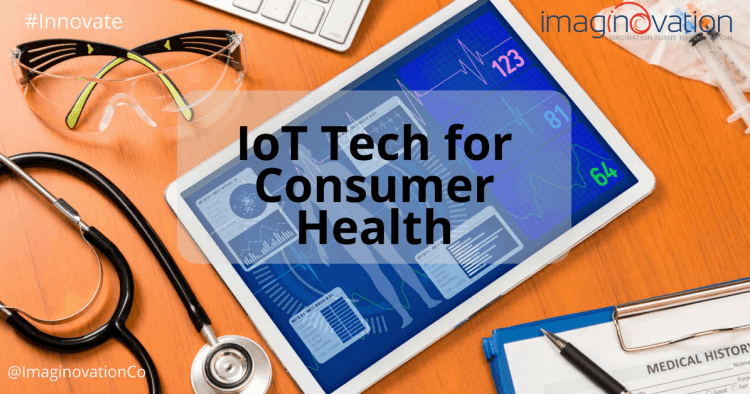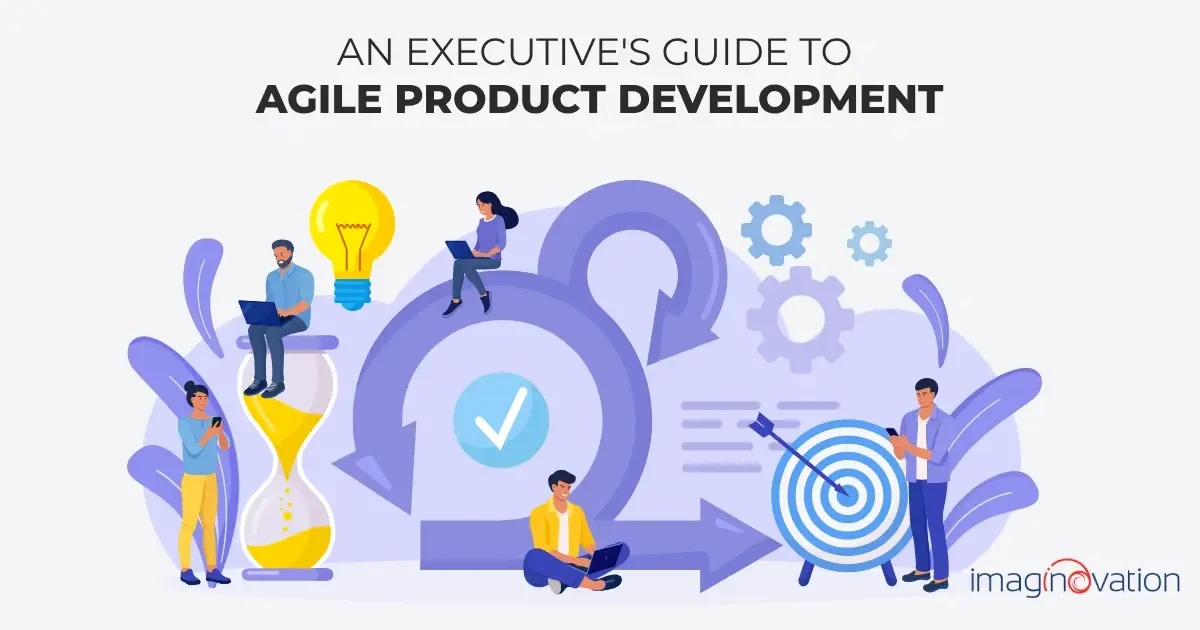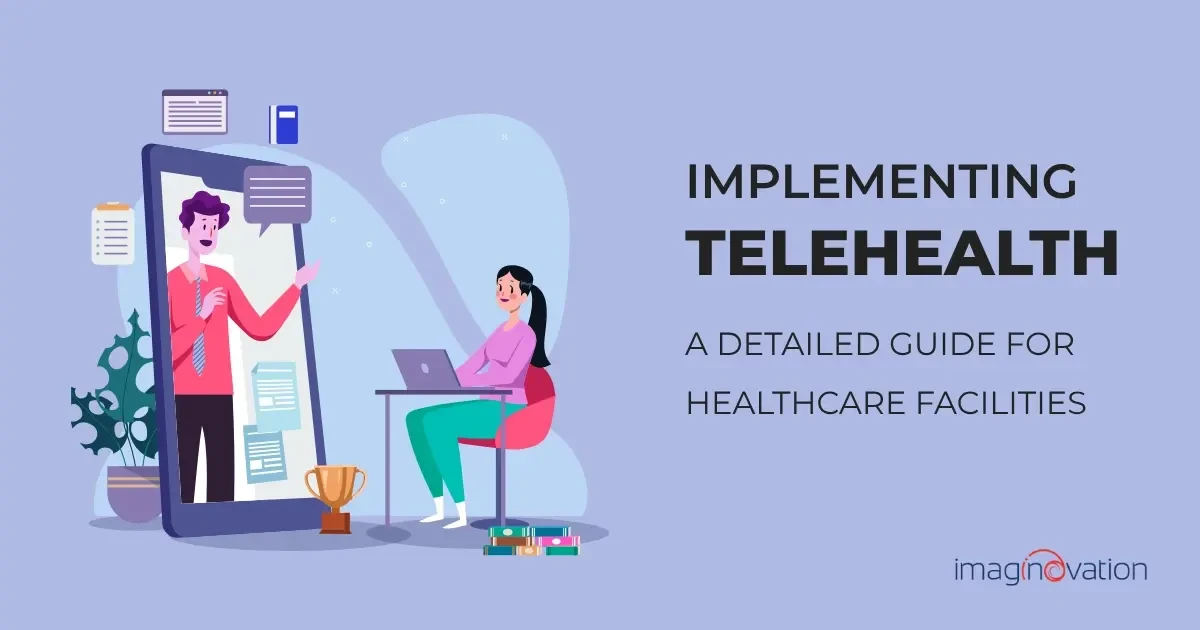Improved healthcare is one of the most positive outcomes of IoT tech. Wearable tech that can transmit data to a doctor, parent, or loved one, seems futuristic. This Jetsons episode has come to life — and can actually save a life.
Companies are hopping on the health bandwagon, attaching Bluetooth and sensors to just about anything you can think of, and some you didn’t. Forbes is predicting a $117 billion market for IoT Tech in healthcare by 2020 — and that’s only the beginning. Giants such as IBM, Microsoft, Google, Amazon, Cisco, and GE are among those exploring IoT uses for health.
The benefits are easy to see:
● Disease management – Monitoring with real-time data can help people control conditions and diseases before they become dangerous.
● Better and faster information.
● Reduced errors.
● Monitoring of those who need constant care, such as the elderly and babies.
One report put a high figure on this value: “In 2025 remote monitoring could create as much as $1.1 trillion a year in value by improving the health of chronic-disease patients.”
However, risks are inherent with most new tools, as we recently discussed in our look at IoT risks and benefits. Devices that transmit data are open to cyber attacks. That means someone could potentially hack your Pacemaker or use your device to take down the Internet as we saw in 2006. The Food and Drug Administration is working on changes, recommending in 2003 a system for tracking medical devices for potential recalls and warnings and issuing security guidelines to manufacturers. Another challenge: the healthcare industry will also have to manage far more data and tread carefully to keep patient data secure.
Benefits of IoT in Healthcare Market
Hospitals and doctor’s offices are a bit slower than consumers to find uses for IoT medical devices. But here are some examples of how IoT is helping the health industry.
● Patient tracking – You’ve likely seen or worn a hospital wristband or been given a barcode at the doctor’s office. Barcodes help organizations keep track of who is getting what, reducing errors in both medical and billing. In hospitals, these wristbands will cause a lockdown if a baby wearing one is near the exit.
● Medical records – Electronic medical records are now the norm, making it easier for your various health care practitioners to keep up with your records. But with IoT, doctors can add results and real-time data to files immediately.
● Monitoring – In some hospitals, sensors track heart rates and oxygen and will alert nurses if there is a problem.
● Patient engagement – With consumers using wearable devices, doctors can encourage them to stay engaged with their health.
● Insulin-delivery – Some people with diabetes used to hack their insulin pumps so they could automatically alter the amount of insulin delivered based on readings. Now, such devices are available.
6 Nifty IoT Consumer Health Devices
IoT tech abounds on the consumer level, with countless devices that can track your sleep, your heart rate, breathing, blood sugar, exercise, and much more. While many people are familiar with Fitbit-type tech, here is a sample of some more futuristic devices:
Contact us to learn more about leveraging IoT in your healthcare service or product.




